1. Agile Supply Chain
1.1. Focus on fastest response
1.2. Amount of agility
1.2.1. Variability in the demand
1.2.2. Lead-time
1.2.3. Flexibility
2. Comparing Lean and Agile Supply Chains
2.1. Lean vs Agile - what to choose?
2.2. Volume and Variability - key drivers
2.3. Key characteristics
3. Examples
3.1. Zara
3.2. Amazon
3.3. Overstock
4. LEAN Supply Chain
4.1. Waste Elimination
4.1.1. System complexity
4.1.1.1. Unnecessary steps or processes
4.1.2. Lead time
4.1.2.1. Excessive wait times
4.1.3. Transport
4.1.3.1. Unnecessary movement of product
4.1.4. Space
4.1.4.1. Holding places for unnecessary inventory
4.1.5. Inventory
4.1.5.1. Inactive raw, work-in-process, or finished goods
4.1.6. Human effort
4.1.6.1. Activity that does not add value
4.1.7. Packaging
4.1.7.1. Containers that transport air or allow damage
4.1.8. Energy
4.1.8.1. Eliminate wasteful energy in the supply chain
4.2. Pull/Push Systems
4.2.1. Pull Systems
4.2.1.1. No excess of inventory
4.2.1.2. Reducing inventory levels and the cost of carrying and storing goods
4.2.1.3. Supplier may not be able to get a shipment out on time
4.2.2. Push Systems
4.2.2.1. Needs to forecast customer demand
4.2.2.2. Forecasts are often inaccurate
4.2.2.3. Too much product is left in inventory
4.2.2.4. Increases company's costs for storing goods
4.2.3. Pull-Push Systems
4.2.3.1. Demands a more accurate forecast of sales
4.2.3.2. Reduction of product shortages
4.3. Customer Usage Visible To All Members of The Supply Chain
4.3.1. Create Flow
4.3.2. Foster Visibility
4.3.3. Foster Horizontal Relationships
4.4. Lean Culture
4.4.1. Continues Improvement
4.4.2. Trust
4.4.3. Customer Focused
4.4.4. Respect for People
